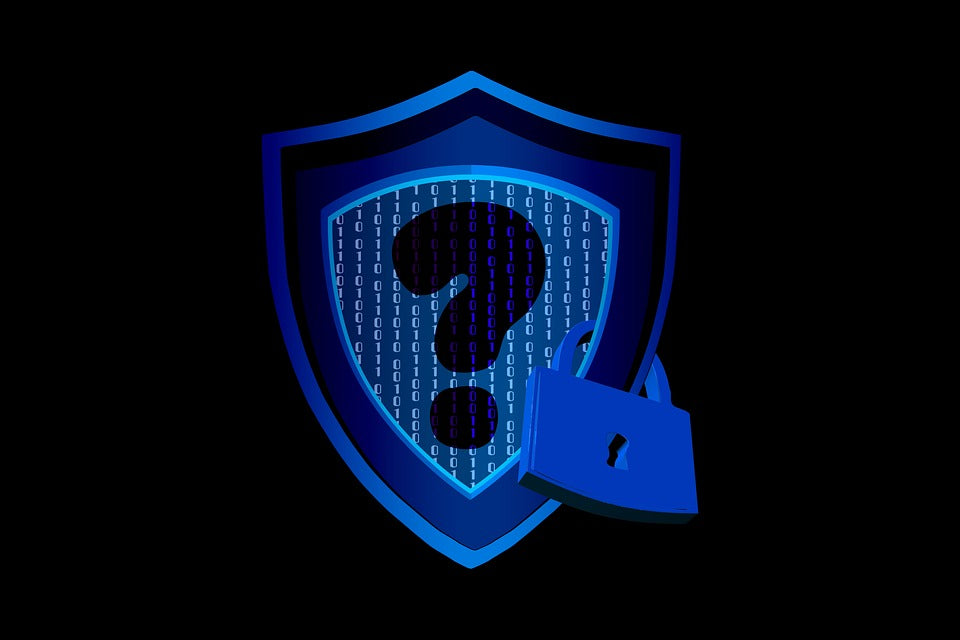
Делиться
Сравнение программного и аппаратного шифрования в корпусах SSD со сканером отпечатков пальцев
Мы всё больше используем портативные SSD-накопители для работы, исследований и создания контента, поэтому защита конфиденциальных данных в дороге как никогда важна. Корпус VCOM Fingerprint SSD Enclosure (с поддержкой NVMe и SATA со скоростью USB 3.2 Gen 2 10 Гбит/с) предлагает элегантное решение — биометрический доступ в сочетании с высокой производительностью. Но за элегантным дизайном скрывается фундаментальный выбор: мягкое или аппаратное шифрование . Вот чем они отличаются, почему это важно и какой вариант подходит для вашего рабочего процесса.
1. Что такое мягкое шифрование?
Мягкое шифрование , реализованное в корпусе VCOM, означает, что биометрическое сканирование контролирует доступ — без шифрования данных на уровне самого SSD.
- Корпус разблокируется после считывания зарегистрированного отпечатка пальца (до 20 , устанавливается с помощью простой логики длительного нажатия).
- Если SSD-накопитель извлечь и подключить к другому устройству, данные останутся незашифрованными и их можно будет прочитать, поэтому мягкое шифрование работает как «умный замок», а не как фактическое шифрование.
Плюсы :
- Простота настройки и совместимость с Windows, macOS, Linux, Android и iOS.
- Быстрый и бесперебойный биометрический доступ — без ввода пароля.
Минусы :
- Ограниченная безопасность — любой физический доступ к SSD обходит защиту.
- Не подходит для строго конфиденциальных данных.
2. Что такое аппаратное шифрование?
Аппаратное шифрование надежно — оно шифрует ваш SSD с помощью AES на уровне диска, используя стандарт OPAL2/Pyrite2 .
- Чтобы использовать его, соедините корпус VCOM с совместимым твердотельным накопителем (например, WD SN350, SN740, SN850; Samsung 980 PRO, 990 PRO — все с кодами PSID).
- Сканирование отпечатков пальцев разблокирует корпус и расшифрует аппаратное шифрование SSD.
- Даже если вы извлечете SSD-накопитель и вставите его в другое устройство, его содержимое останется полностью зашифрованным и нечитаемым.
Плюсы :
- Двухуровневая безопасность : биометрический доступ + шифрование AES.
- Необходим для защиты конфиденциальных или регулируемых данных.
Минусы :
- Совместимо только с твердотельными накопителями OPAL2/Pyrite2 с PSID.
- Настройка шифрования необратима — всегда создавайте резервную копию перед включением.
3. Программное и аппаратное обеспечение: сравнение
|
Особенность |
Мягкое шифрование |
Аппаратное шифрование (OPAL2/Pyrite2) |
|
Уровень безопасности |
Базовый (только биометрический доступ) |
Высокий (биометрия + шифрование диска AES) |
|
Риск удаления диска |
Данные доступны в другом месте |
Данные остаются нечитаемыми вне корпуса |
|
Простота использования |
Plug-and-play, быстрая настройка |
Требуется совместимый SSD + мастер настройки |
|
Лучше всего подходит для |
Персональные резервные копии, базовые ежедневные задачи |
Профессиональные, конфиденциальные рабочие процессы данных |
|
Требования к SSD |
Любой твердотельный накопитель NVMe или SATA |
Только SSD-накопители OPAL2/Pyrite2 с PSID |
|
Вариант восстановления |
Замените корпус или диск свободно |
Только через PSID — сброс настроек к заводским настройкам стирает данные |
4. Основные характеристики корпуса SSD-накопителя VCOM Fingerprint
Обзор устройства
Корпус VCOM Fingerprint SSD поддерживает SSD-накопители NVMe и SATA форматов 2230, 2242 и 2280 и совместим с накопителями PCIe 3.0/4.0x4 NVMe и SATA III (6 Гбит/с) . Он использует интерфейс USB-C (USB 3.2 Gen 2) с максимальной пропускной способностью до 10 Гбит/с , что соответствует примерно 1000–1050 МБ/с в реальных условиях.
Встроенный TFT-экран отображает тип протокола, температуру, скорость, емкость, состояние и права чтения/записи, что делает мониторинг интуитивно понятным и быстрым.
Совместимость и настройка
Поддержка платформ включает Windows (7–11), macOS (10.14+), Linux (ядро 3.0+), Android (10.0+) и iOS 16+, что обеспечивает широкую совместимость устройств.
Советы по установке :
- Для охлаждения используйте входящие в комплект термопрокладки с обеих сторон SSD-накопителя.
- Закрепите диски 2230/2242 винтами.
- Перед первым использованием отформатируйте SSD (например, exFAT, NTFS) для вашей ОС.
- Всегда выполняйте безопасное извлечение — дождитесь, пока загорится светло-синий индикатор, прежде чем отключать устройство.
5. Реальная производительность и безопасность
Синтетические тесты для USB-корпусов со скоростью 10 Гбит/с показывают от 1000 до 1050 МБ/с для накопителей NVMe (тесты CrystalDiskMark и ATTO) и около 550 МБ/с для накопителей SATA.
Программное и аппаратное шифрование обычно незначительно влияет на скорость, но обеспечивает критически важную безопасность, особенно для конфиденциальных проектов. Это делает аппаратное шифрование лучшим выбором, если вы работаете с конфиденциальными, юридическими, клиническими или регулируемыми данными.
6. Совет от профессионала: баланс между производительностью и безопасностью
- Сначала резервное копирование — аппаратное шифрование необратимо. Потеря доступа = потеря данных.
- Используйте качественные USB-кабели и порты для достижения пиковых скоростей .
- Регулярно контролируйте температуру SSD, особенно при использовании высокоскоростного NVMe.
7. Краткий обзор
- Мягкое шифрование : быстрое, простое, совместимое — отлично подходит для пользователей общего назначения.
- Аппаратное шифрование : высоконадежная защита уровня AES — необходимая функция для сценариев защиты конфиденциальных данных.
- Корпус VCOM Fingerprint SSD Enclosure уникальным образом сочетает в себе оба варианта — просто выберите режим, который соответствует вашим требованиям безопасности.
Если вам необходимо еще более глубокое сравнение с другими случаями биометрических SSD или тесты в зашифрованном и незашифрованном состояниях, я готов рассказать подробнее!

